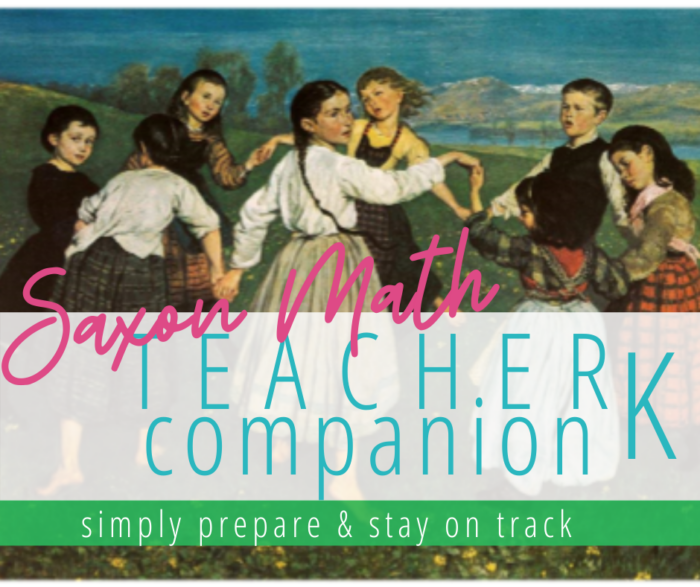
Saxon K is a program for early years math education. It is gentle in the extreme. There are 12 lessons per month, giving much flexibility in how much time is spent “learning” math and how quickly it is completed. Math K can be a quick jaunt through math concepts to ensure a child is ready for Kindergarten or a slow stroll through a largely play-based introduction.
Having never taught K before, but working through it to prepare a Teacher’s Companion for it, I have some observations about the process. Some of these observations are specific to the Teacher’s Companion. So, this is a bit like a companion to the companion.
This post may include affiliate links. If you click and make a purchase based on my recommendation, I get a small remuneration at no extra expense to you. I only recommend things I use and believe to be a blessing.
My Thoughts on Saxon K
My biggest takeaway from creating the Teacher’s Companion for Saxon K is: Saxon K is a thoroughly pre-K curricula. I would not use this in a kindergarten setting unless I had a developmentally delayed child. Since Saxon K is gentle, I would use it for pre-K a few days a week.
Thus, I recommend most Kindergarten age students who are starting with Saxon, start in Saxon 1. Saxon does have a placement test for their early years and it will help you accurately place your child into his appropriate level. Don’t take my word for it. But also, don’t waste your child’s time if he is ready for Saxon 1.
Saxon Math K does not emphasize number recognition. Rather, it focuses on numeracy – counting – and patterns. If your kid has already gotten these concepts, he is ready for Saxon 1. The only thing my pre-K/K kid didn’t know was the names and values of a dime and a nickel. I did not feel the need to work through an entire year of Math K to make sure he understands this.
All that said, the Saxon K program is truly fun and engaging for little ones. I am impressed with the morning meeting. It may surprise you to know that the point of the morning meeting is not to understand the days of the week and the weather, etc. It is to help kids learn to follow directions! Subtle, but so necessary and gently done – the program excels at this.
Alright, let’s get to the nitty-gritty details about Saxon K math.
A Work Mat
I included a blank sheet printable sheet for the work mats (first mentioned in Lesson 7) in the Teacher’s Companion. The Saxon K Teacher’s Edition asks you to make 2 work mats for your students. I would use two different colors of construction paper (or cardstock) for these work mats. I also heartily recommend laminating these “work mats.”
Long term Use
There is a passing reference to a “Math Center” in one lesson of Math K. Which is kind of funny because it is not mentioned anywhere else. But there are tons of activities which would translate well to a Math Center or long term use.
Math Centers
In fact, you could set up Math Centers each month of the Math K year which would help to reinforce the math concepts and manipulatives which are used that month. Giving kids the opportunity to explore and learn on their own with math is an implied part of the curriculum.
Pattern Blocks – The lessons for Saxon Math K lend themselves well to long-term use. If your children are as interested in playing with pattern blocks as mine are, you may want to provide more opportunities to play with them throughout the month. I recommend copying onto construction paper and laminating the following: Masters K-14A, K-14B, K-29A, and K29B for later use. I have also invested in some pattern block activities (which I laminated), which have entertained my kids for years now.
Digital Clock – I created a digital clock (introduced in lesson 44) which is large enough to fit the number cards (introduced in lesson 32). Students can play with the number cards to make different times. I recommend printing this on construction paper or cardstock and laminating it.
Handwriting Masters – The Teacher’s Edition of Saxon K includes optional Handwriting Masters and recommends introducing them after lesson 42. There is a schedule for when to introduce each one of them (no page number, but it appears before the Handwriting Master’s begin). I am going to make copies of these and cut them to size. Then I will laminate them for long term use. I recommend using wet erase markers (I like these and LOVE these) on lamination. They tend to work better than dry-erase and rinse off easily.
Other Math Centers could include:
- September – teddy bear counters, file folder charts from lesson 5 (see below for details),
- October – pattern blocks, file folder chart from lesson 10 (see below for details), laminated masters from lesson 14, extra pattern block activities, color sorting mats or buckets (I have some from the Dollar Spot at Target)
- November – shape pieces (first introduced in lesson 20, included in Teacher’s Companion) for a focus on shapes, cookie cutters in simple shapes (for tracing or play-dough cutting)
- December – linking cubes for a focus on patterns, some of the ideas in this article would be perfect for the center,
- January – pennies, the pocket from lesson 43 (colored and laminated)
- February – demonstration clock, digital clock/numbers (included in Teacher’s Companion), Melissa and Doug shape clock (this is a huge favorite around here)
- March – pretend play shop with Melissa and Doug cash register, items with price tags (included in Teacher’s Companion)
- April – geoboard and geobands, use laminated geoboard cards (included in Teacher’s Companion)
- May – tangrams, laminated tangram patterns to cover (included in Teacher’s Edition)
- June – a measuring center with ruler, linking cubes, scale OR a water center with measuring cups (look here for inspiration)
File Folder Games
The pictograph created in Lesson 5 of Saxon K would work very nicely as a file folder game. Once you have printed the grid and the circles, glue the grid onto the inside of a file folder and attach an envelope for the circles (faces). Kids can return to this as they like throughout the month.
The Teddy Bear color “real graph” (Lesson 10) could also be used the same way. I found it tedious to stuff an envelope with the color teddy bear each family member chose for this graph project. Thus, I created a simple printable chart, which you can cut into strips, for each family member to fill out. This can be used instead of envelopes in Lesson 10. The grid introduced in Lesson 10 is used again in Lessons 16, 19, 45, and 78. Having it in a file folder, ready for further use, just makes sense.
The chart included in the Saxon K Teacher’s Companion for Lessons 24, 26, and 41 would be another long-term use chart. It could easily be glued into a file folder. However, I do not recommend printing the squares on different colors of construction paper. Instead, I will have my student color the squares the hair colors of our family for Lesson 24.
Useful Items to Have on Hand
- dixie cups
- trays for math centers
- the Saxon Math K-3 manipulatives Kit – some try to build their own, and that works. But honestly, I have found so much value in the kit Saxon has put together.
- file folders
- envelopes
- color sorting mats or buckets (found at the dollar store)
- a laminator!! (so useful, please read my Simply Genius Printing Hacks to make homeschool printing easy and useful for years)
More Saxon Math!
Since you are considering or are already started with Saxon Math K, I thought I would share my free 12-page primer called Getting Started with Saxon Math: The Early Years. It will give you all sorts of information about and tips for teaching Saxon Math. It will arrive straight to your inbox, when you sign up here:
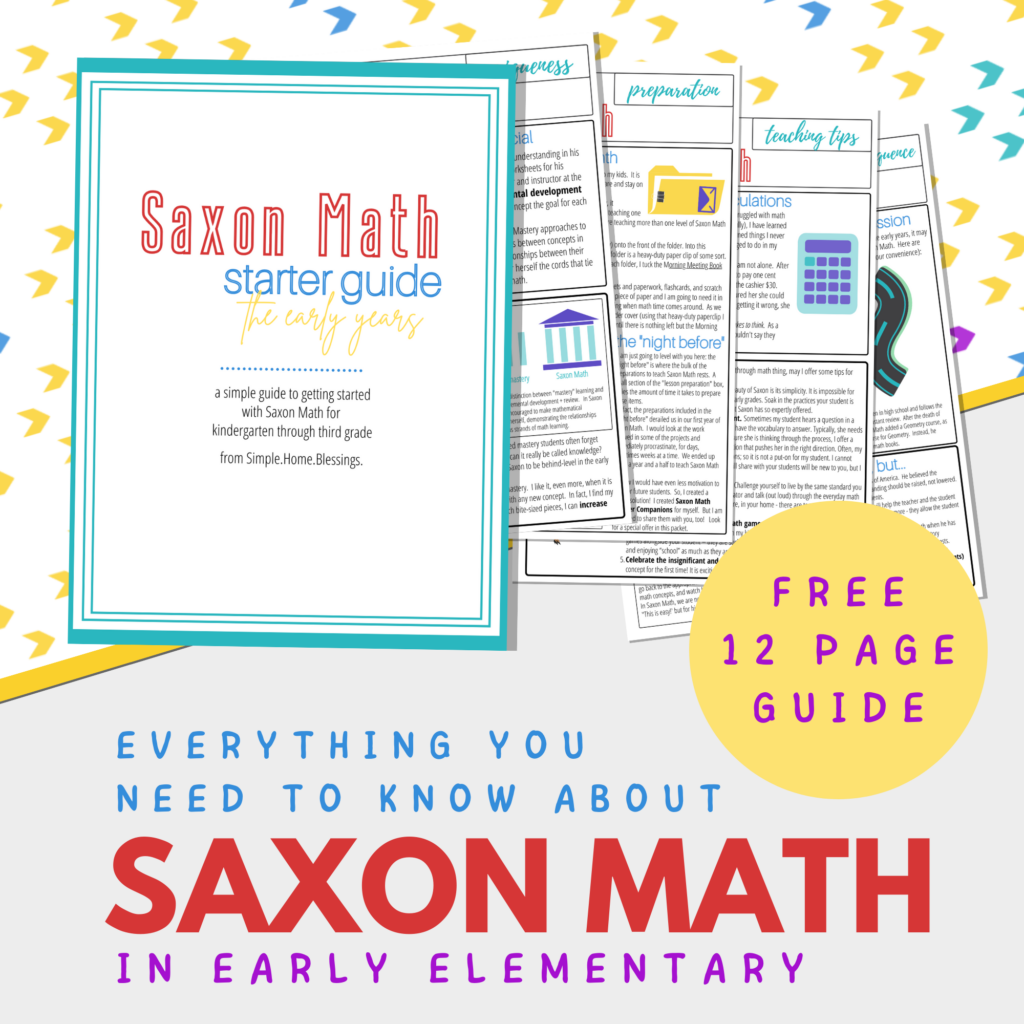
Interested in more about Saxon Math? I hope these articles are a blessing to you:
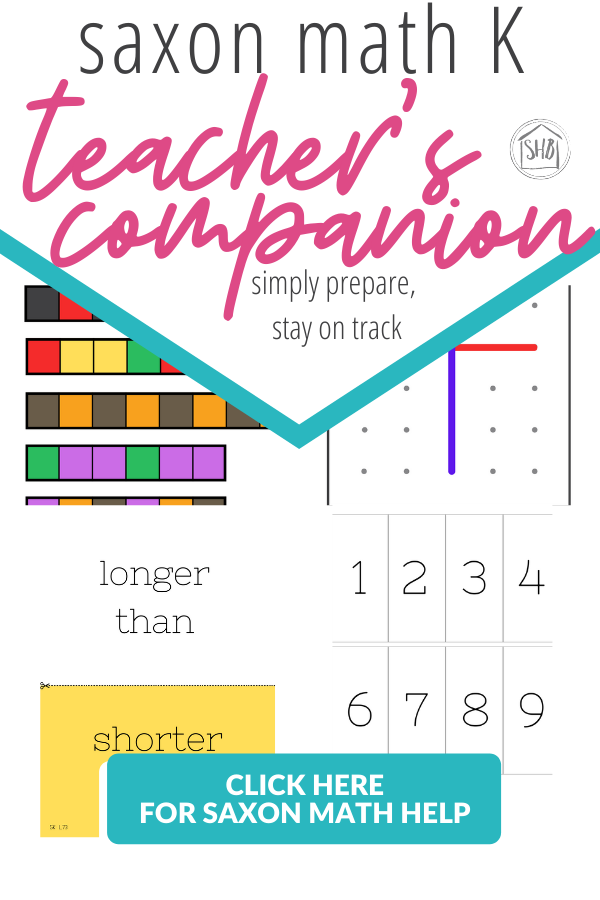




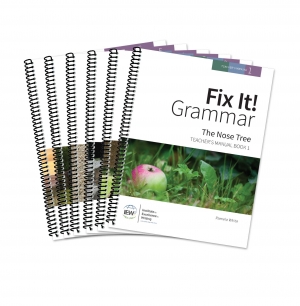


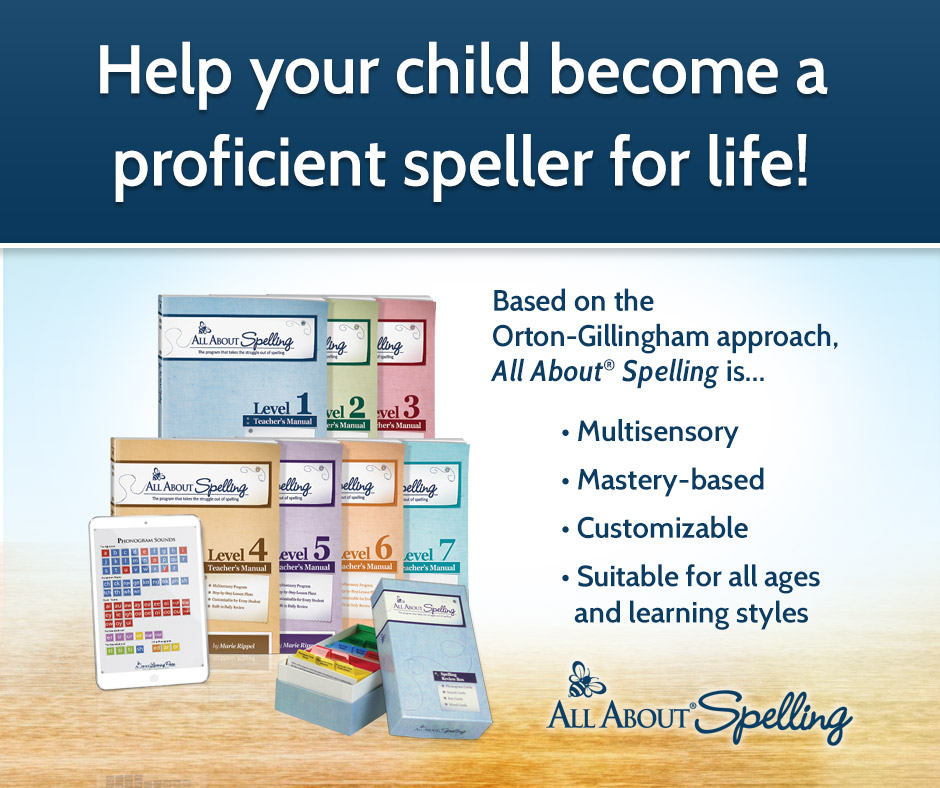






This Post Has One Comment
I’m so glad you wrote this article. My 3rd child is 5 years old and we have Saxon K. My husband, the math “teacher” is very sporadic about doing any math with her, and even my flipping through the pages of it made me wonder why bother with it- seems simple and a little too easy. That said, we have loved Saxon for my middle-elementary children who are now in their 3rd years with Saxon. While I can see great benefit and fun to be had using it with a pre-k child, it is , in my opinion as well, too easy and not worth the money for someone looking to challenge their kindergartner.